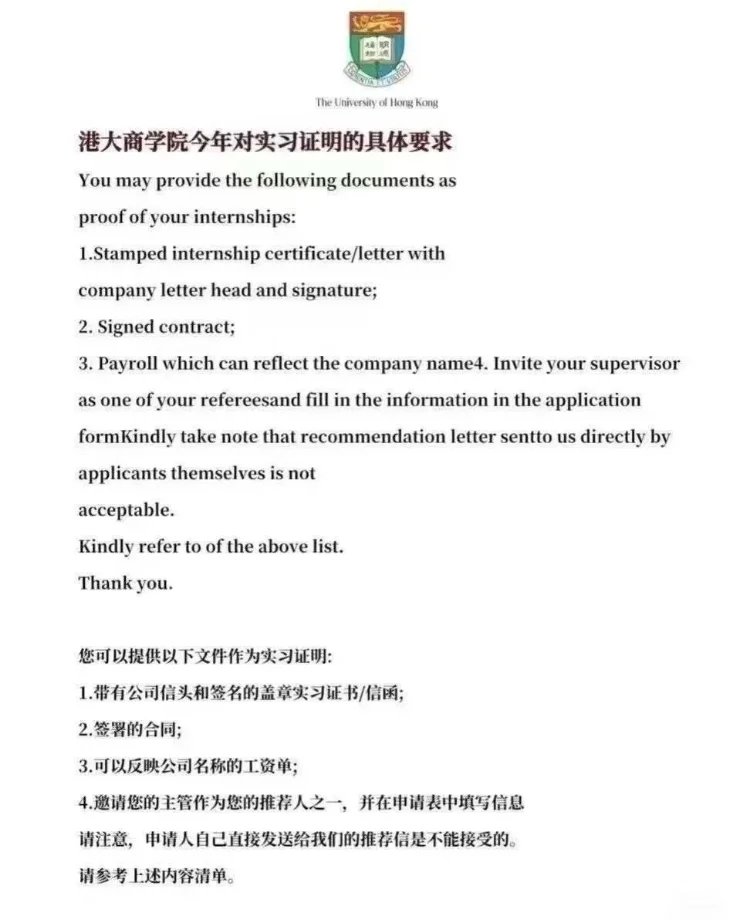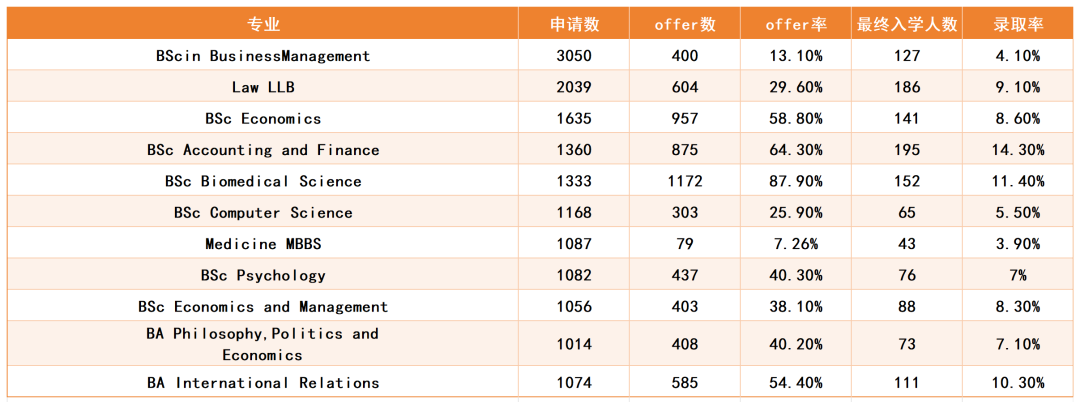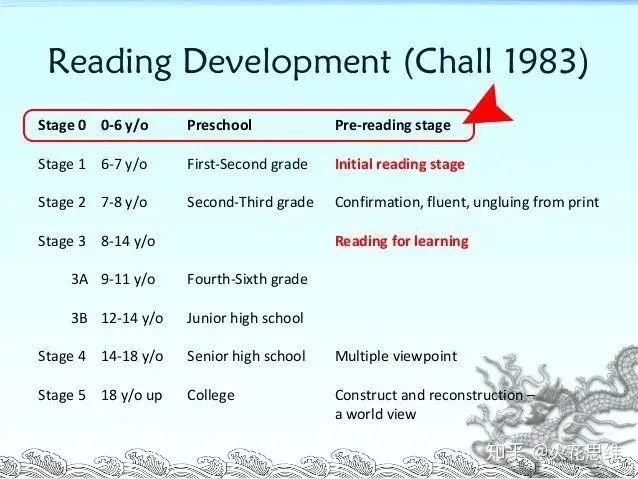今天这篇文章,是回答学生关于雅思大作文的一个问题。
How Chinese Students Can Improve Their IELTS Task 2 Body Paragraphs
Student:
Tim, to be honest, I feel that there are significant issues with myTask 2 writing, especially in terms ofdeveloping the body paragraphs— I tend touse Chinese-style expressionsand often don’t knowhow to elaborate on my ideas. Is there any targeted training I can do for this, or do you have other suggestions?
Mac:
It’s complicated, but I’d say thatrecognizing that yourself is already a major accomplishment. Second, compared to where we started, you’ve already made great progress.
To further improve, I would suggest the following:
1)Keep your topic sentences of each paragraph clear and direct and to the point.
Choosespecific vocabulary that accurately illustratesthe reason, element, problem, challenge, and so on that you want to refer to and develop. Don't experiment with creating new collocations. Instead,use the vocabulary you know will work.
2)Put the point first,focus on explaining that point(extending), and then further develop, but keep the subject material closely connected with the initial direction.
In other words,don't add too many ideas—keep it simple.
Remember, we want approximately 100 words per paragraph, and ideally, 3 to 4 sentences are acceptable. However, refrain from using simple sentences except for the first sentence of the first body paragraph.
3) Before writing your Task 2's, I strongly recommendreviewing the relevant subject material inthe IELTS Lifesaver
andreview the vocabulary thoroughly before writing. Try to repeatedly use true,tried, and tested expressionsthat you know work in other essays as well. The time for experimentation is over.
4) The most difficult thing is totry to "think" in English—a kind of meditation.
Give yourself a bit more time to think about the topic before writing, but do that thinking in English. Try to formulate sentences in your head using words that you know are the precise ones to use to illustrate your point.
5)Finally, what you need to do is to read.
Keep reading my essays. Alternatively, if you have any IELTS books at home, read the essays in those as well.
You should glean these essays for idiomatic language. However, I can tell you that you're not as bad as you might think, and you've already made great progress—you're getting close to a 7.
Justdon't be overambitious by adding too many ideas. Stay focused on the topic you want to present. Hope that helps.
Here's an article I hope will help:
One common challenge many Chinese IELTS learners face is writing body paragraphs in Task 2 that feelunclear, unfocused, or overly “Chinese” in logic. This isn’t a weakness — it’s simply a reflection of how different Chinese writing structure is compared to English academic style.
But the good news is:recognizing this problem is already a huge step forward. With some targeted training and mindset shifts, it’s possible to writeclear, coherent, and high-scoring paragraphs.
Here are some key strategies to help:
1. Make topic sentences sharp and specific.
Start each body paragraph with a sentence that directly introduces the main reason, factor, or idea. Choose vocabulary that is accurate and reliable — now is not the time to experiment with unusual collocations or creative phrases. Clarity is the goal.
2. Follow a simple structure: point → explain → develop.
After the topic sentence, explain the point clearly and logically. Then deepen it with a small example or extension — butstay on topic. Don’t jump between ideas or try to show off how many points you can mention. IELTS values depth over breadth.
Each body paragraph should be about 100 words, with ideally three to four well-developed sentences. The first sentence in Body 1 can be simple, but aim for more complex sentence structures after that.
3. Use trusted vocabulary.
Before writing, review relevant vocabulary from sources like official IELTS materials or a vocabulary guide such as the IELTS Lifesaver. Try to recycle strong expressions that have been proven to work. IELTS is not a creativity contest — consistency and precision matter far more.
4. Train your thinking — in English.
This is one of the most transformative habits: give yourself a few moments before writing to think about the topic — but think in English. Form sentences silently in your head. Use familiar words. This rewires your mind to start producing ideas naturally in English, rather than mentally translating from Chinese.
This helps overcome a cultural tendency: Chinese writing often values layered thinking, metaphor, and wide thematic references. IELTS, on the other hand, rewardsclear direction and logical focus.
Instead of presenting five ideas quickly, focus on one idea deeply.
5. Read model essays frequently.
Exposure is everything. Read high-quality sample essays from reliable sources. Notice howargumentsare developed, howvocabularyis reused, and howstructureis maintained. Reading is the best way to build writing instincts.
6. Practice “micro-writing” drills.
Try writing just one body paragraph per day, rather than full essays. Focus on accuracy, structure, and vocabulary reuse. Quality over quantity.
7. Record and speak your ideas aloud before writing.
Sometimes the best way to break free from “Chinese writing habits” is to first say the idea out loud in English. Then write it down. This builds natural phrasing and reduces over-formality.
8. Use transition words naturally — not mechanically.
Avoid overusing words like
- moreover,
- on the one hand,
- furthermore,
unless they truly fit.
Learn more flexible linking phrases such as
- as a result,
- in response to this,
- one reason for this trend is that...
With steady practice, these strategies can help turn “okay” writing into something truly IELTS-ready.
Most importantly, remember:simple, clear writingdone wellis alwaysbetter than complex writing done poorly.
很多中国考生在雅思大作文(Task 2)中会遇到一个共同的难题:正文段落写得不清晰、不聚焦,或者带有较强的“中文式逻辑”。这其实不是弱点,而是因为中文写作与英文学术写作在思维方式上差异很大。
但好消息是:能够意识到这个问题,已经是非常关键的一步了。通过一些有针对性的训练和思维方式的转变,是完全可以写出清晰、有条理、高分段落的。
以下是一些关键策略:
1. 主题句要明确、具体。
每个段落开头应直接指出这个段的主要观点或原因。用准确、稳妥的词汇,不要在考试中尝试新的搭配或“创造性表达”。清晰是关键。
2. 遵循“观点→解释→发展”的结构。
主题句之后,用一两句话来解释清楚这个观点,并进一步展开,可以加一个小例子或补充说明。但要紧扣主题,避免跳跃式思维或堆砌多个不相关的点。雅思注重“深度”,而不是“广度”。
每段建议大约100个词,3句话左右,第一段的第一句话可以简单,但后续要展示复杂句型。
3. 使用熟悉、可靠的词汇。
写作前复习相关话题的常用词汇,例如《IELTS Lifesaver》或剑桥系列词表。多次使用那些你已经知道准确无误的表达。雅思并不是“创意写作”比赛,稳定性和准确性更重要。
4. 用英文“思考”,不只是用英文“写”。
在写作前留出几分钟,静下心来思考题目,但这个思考要用英语来进行。脑中尝试组织完整的句子,使用你熟悉的词汇。这是一种“英语思维训练”,有助于避免中式直译。
这也有助于克服文化差异:中文写作常喜欢铺陈、引经据典和多角度发散思考,而雅思写作则要求逻辑清晰、中心明确。不要试图展示你知道多少点,而要展示你如何深入展开一个点。
5. 多读高质量范文。
输入决定输出。多阅读优秀范文,观察它们如何展开观点、如何重复使用词汇、如何组织结构。阅读是培养写作“感觉”的最好方式。
其他建议:
6. 每天练一段,不写整篇。
每天写一段正文就好,重视结构、准确度和词汇运用,写得少但精。
7. 写前先说出来。
写作前先用英语说出自己的观点,哪怕只是一两句话。再把这些话写下来,有助于打破“中文翻译腔”。
8. 自然使用连接词,而非“背模板”。
避免机械地使用 moreover、furthermore 等“万能词”,学习一些更自然的衔接方式,例如: as a result, in response to this, one reason for this trend is that…
坚持练习这些策略,能让“普通写作”进阶成“高分写作”。最重要的是:清晰、简洁的好文章,永远比复杂混乱的文章更有说服力。













